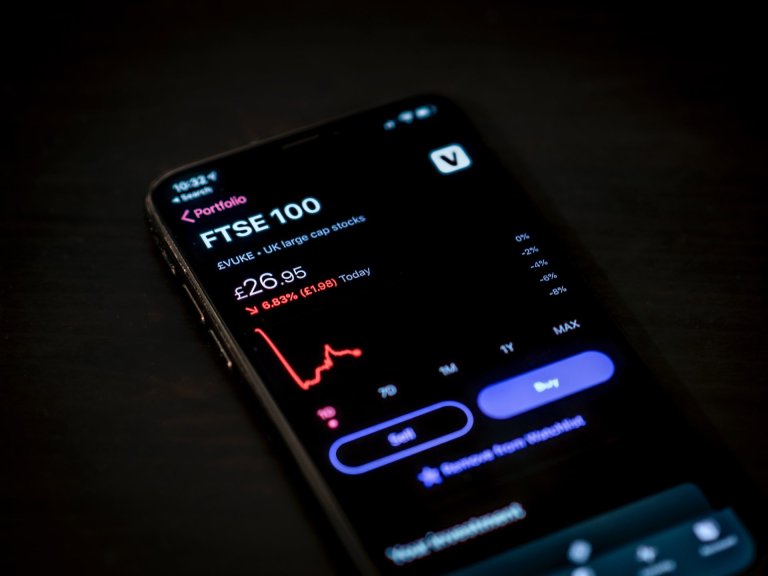Financial fraud is a pervasive challenge, evident in the 2.6 million fraud reports received by the Federal Trade Commission from consumers last year alone. This alarming statistic underscores the urgent need for robust measures to counteract the ever-evolving threats that jeopardize the stability and security of global economies.
As technology continues to advance, so too do the methods employed by fraudsters to exploit vulnerabilities in financial systems.
Yet, amid this escalating risk, there is a silver lining. The same technological progress that facilitates fraud also equips us with powerful tools to combat it.
In this article, we’ll look into some of the cutting-edge technologies crucial in alleviating the widespread menace of financial fraud.
Machine Learning and Artificial Intelligence (AI)
Recently released data from the Federal Trade Commission unveiled a staggering loss exceeding $10 billion to fraud in 2023, marking a historic milestone. This represents a significant 14% increase over reported losses in 2022.
The substantial financial threat is attributed to a range of fraudulent activities, encompassing credit card fraud, phishing, chargebacks, and identity theft.
Anomaly detection emerges as the primary defense mechanism against such schemes, employing a process that identifies deviations from expected patterns in datasets.
Traditional rule-based systems, like region-specific whitelisting or blacklisting of credit cards, face challenges in adapting to evolving fraud patterns. In contrast, AI and ML excel in real-time anomaly identification, continuously learning from incoming data.
Powered by algorithms that leverage historical data, bespoke fraud ML models discern behaviors and characteristics associated with fraud, enabling them to identify abnormal patterns.
For instance, these models can flag unusually high transaction amounts, frequent purchases in unusual locations, or irregular time intervals between transactions. The versatility of these dedicated models, with their multi-tenant architecture, is evident in their application across various industries.
According to Forbes, banks utilize anomaly detection to scrutinize transaction history and user behavior. Insurance companies employ it for claims data analysis, while healthcare leverages it to uncover irregular billing practices and safeguard patient data from unauthorized access.
This technology, specifically tuned and optimized for maximum efficiency, stands as a formidable force against the ever-evolving landscape of payment fraud.
Blockchain Technology
Blockchain, the underlying technology behind cryptocurrencies like Bitcoin, has immense potential to enhance the security and transparency of financial transactions. Its decentralized and tamper-resistant nature makes it difficult for fraudsters to manipulate or alter transaction records.
Smart contracts, coded agreements operating on blockchain, automate processes with terms directly written into code, providing enhanced security by reducing reliance on intermediaries. Their self-executing nature mitigates fraud risks and ensures efficient, tamper-resistant transactions across various industries.
Biometric Authentication
Once confined to spy movies, biometric technologies like fingerprint mapping, facial recognition, and retina scans are now commonplace in our daily lives. Biometrics, which involves measuring and analyzing unique physical characteristics, has been used for identification for over two centuries.
Recently, it has evolved into biometric authentication, a rapidly growing market. In 2023, the digital identity solutions market, featuring a substantial role in biometric technology, reached a valuation of $34.5 billion. Statista projections suggest that this market is poised to sustain its upward trajectory in the coming years.
On top of that, the precision of biometric systems has reached an exceptional level. A study by the National Institute of Standards and Technology showed an accuracy increase from 96% to an impressive 99.8% between 2014 and 2018.
These advancements significantly raise the bar for fraudsters attempting impersonation or unauthorized access. Biometrics emerges as a more secure and user-friendly alternative to traditional password-based authentication systems.
Identity Verification
In the contemporary digital landscape, identity verification stands as a pivotal process, establishing the bedrock for trust, security, and compliance across various sectors. This intricate procedure encompasses validating an individual’s identity through personal information, official documentation, and the increasingly prevalent use of biometric data.
In 2022, digital payment adoption surged, reaching an impressive 89% penetration. Additionally, 62% of respondents embraced two or more digital payment methods, a notable increase from the 51% recorded in 2021, as reported by McKinsey.
As online transactions and digital services continue to proliferate, the significance of robust identity verification mechanisms has reached new heights. Solutions like eKYC by AU10TIX prove indispensable in this context. It typically involves the electronic collection and verification of essential identification documents, such as passports or proof of address.
The goal is to establish a secure and efficient method for confirming a customer’s digital identity. This aims at mitigating the risks associated with online transactions and ensuring compliance with regulatory requirements.
Behavioral Analytics
Understanding user behavior is fundamental to identifying anomalies indicative of fraudulent activities. Behavioral analytics systematically tracks and analyzes users’ actions, transactions, and interactions within financial systems.
The process involves establishing a baseline of typical behavior, allowing any deviations to be flagged for further investigation. This proactive strategy serves as a preventive measure, intervening before fraudulent activities can inflict significant damage.
Continuously refining the understanding of normal user behavior, behavioral analytics becomes a valuable tool for financial institutions. It aids in detecting and thwarting emerging fraud tactics, contributing significantly to the overall security and integrity of their systems.
In conclusion, as financial fraud becomes more sophisticated, the need for advanced technologies to counteract these threats becomes paramount. The integration of the above solutions represents a multi-faceted approach to fortifying financial systems against fraud.
Collaborative efforts between technology developers, financial institutions, and regulatory bodies are essential to staying ahead in the ongoing battle against financial fraud. Through continuous innovation and adoption of these technologies, we can build a more secure and resilient financial landscape for the future.























